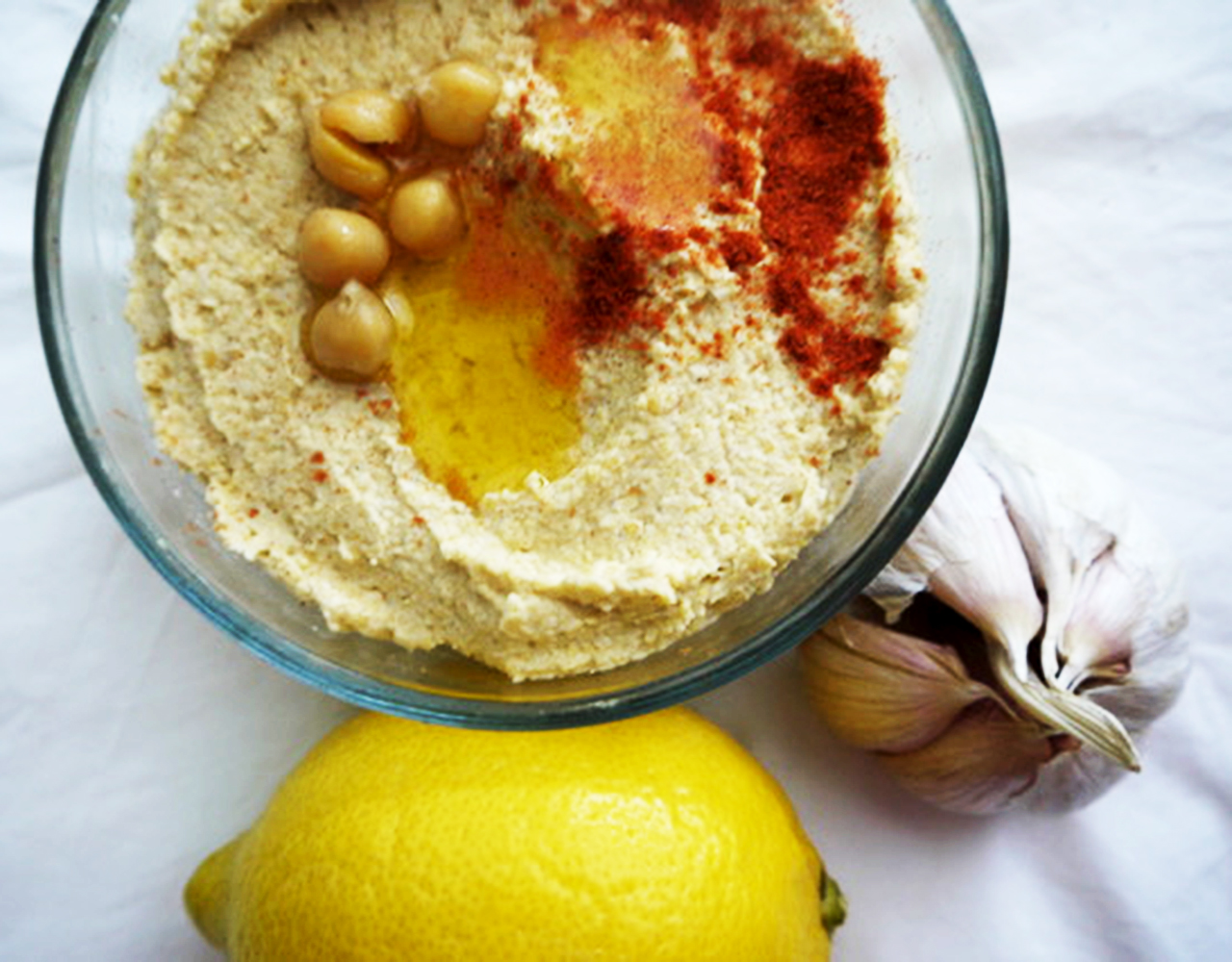Ah, March . . . when there’s too much school year at the end of your money, and you’re starting to think twice about how much you accidentally bulked up in winter. Few things make getting through the end of semester more difficult than fuelling yourself with junk food and sleeping from 3 a.m. to noon every day. Here’s how to make the last bit in your bank account stretch, to help you feel your healthiest—before you find out your shorts don’t fit like they used to.
Extend your [shelf] life
One of the hardest things about being on your own at university is grocery shopping for one person. It’s hard to estimate how much food you should be buying to find that sweet spot between wasting food, and making multiple grocery trips in one week. Throw in an unexpected period, a friend staying at your place for the weekend, or an impromptu marathon (it could happen) and your judgment could be way off. Take the guesswork out by buying foods that have a long shelf-life.
But be careful! The majority of non-perishables are also known as processed foods that have been manufactured in a factory, and don’t look even close to the whole food they apparently came from. I’m talking lentils, beans, rice, potatoes, frozen vegetables, and nuts.
Whole wheat pasta (try lentil pasta for added protein) and no-sugar-added canned marinara sauce are two non-perishables you can have on-hand for anytime you want a filling meal in 15 minutes, and it should last at least as long as Carleton’s next president.
Watch out for items like canned soups, frozen pizza/pierogies/entrees, or other pre-made convenience foods. Not only will they skyrocket your grocery bill, they’re also full of salt, sugar, and excess fat. For healthier, and cheaper options, buy all the ingredients you’ll need to make the same type of food you’d usually get pre-made, and try making it yourself. You’ll enjoy it more, and you’ll almost certainly be more conscious of what and how much you’re eating if you measure everything yourself.
Go meatless
Buying non-perishables isn’t the only way to reduce food waste and save money on healthy eating, but if you’re looking to do both, try eating meatless more often. “Meatless Mondays” have been popular in the last few years, but you might find you can do Monday to Friday with no meat, or challenge yourself to eat meat only once or twice a week.
Not only will this reduce the guesswork that goes into grocery shopping (since you can replace meat with lentils, beans, or tofu, which have much longer shelf lives and lower prices), but you’ll end up drastically reducing the cholesterol, saturated fat, and often even overall calories in your diet.
Portion control
There’s something about processed foods that make you want to keep eating until the box is empty. But when you’re cooking for yourself, you’ll probably notice that each recipe has a serving size listed at the top, and you can probably make a rough estimate of how much you should be eating if you glance at the calorie contents in the foods you’re using. The easiest way to waste money on food and throw away your health goals at the same time is eating more than you need.
Don’t let yourself go hungry by any means, but each time you make a batch of food, know how many servings you’ve made. Eat a serving at a time and wait at least 10 or 15 minutes after you’re done before deciding you need more. While you’re at it, enjoy the food that you’re eating. It takes some time for your brain to register that your stomach’s full, and our culture is notorious for telling you that you need more when you don’t.
Don’t skimp on condiments
You might be reading “rice, beans, potatoes, and lentils,” and rolling your eyes because you know it’s cheap, but pizza tastes better. If you’re used to eating junk food, whole foods are hard to get used to. But once you’ve been eating healthy for awhile, your tastebuds get used to foods with less salt and sugar. In the meantime, try dressing up a big bowl of the poor student’s beans and rice with condiments of your choice. You can buy a lot of condiments like ketchup, mustard, or salsa for good prices at most grocery stores, but some of them still contain a lot of salt and sugar, and they’re cheaper to make yourself.
Try finding an easy online recipe for mango chutney, barbecue sauce, salsa, hummus, or even buffalo sauce, and you can eat the same on-sale bowl of broccoli, lentils, and potatoes every day this week with a different sauce to dress it up. My favourite ways to dress up a hearty bowl of whole foods are maple syrup mixed with tahini, or homemade garlic hummus—find a recipe that suits you and you’ll spend less than half what you’d pay at the grocery store.
Use your freezer
Buying non-perishables doesn’t just extend to your pantry. If you’re doing it properly, your freezer should be stocked with frozen fruit and vegetables, nuts, and even leftovers you knew you couldn’t finish in time.
But don’t just use your freezer for things you bought in the frozen aisle. Before I go grocery shopping each week, I do a survey of my fridge to see if there’s anything I bought the week before I won’t be using soon so that I can throw it in the freezer for the next time I need it. This applies to items like open jars of diced tomatoes or tomato paste, but most frequently produce like fresh herbs, or leftover clusters of green onions.
Make your own staples
Some vegetables such as mushrooms or jalapeño peppers keep well in the freezer until you’re ready to use them in another recipe. But sometimes you end up with half a carrot left over that you don’t know what to do with. You might throw it back in the produce drawer, then fish it out of your fridge when it’s green a month later.
Put those scraps to use by making your own vegetable broth. I keep a Ziplock bag for the vegetable scraps such as the ends of herbs, the tops of onions, and carrot or potato peels. Once the bag is full, I boil everything in it for about an hour with some extra garlic, salt and pepper, and whatever else I have lying around I think could be used. Once it’s done, I pour it through a fine-mesh strainer and freeze what I won’t use that week.
Not only does making your own staples like vegetable broth make carrying your groceries home on the bus a whole lot easier, it’ll save you a lot of money and a lot of sodium.
More obvious ways to make your own staples are cooking beans, rice, or lentils from dry instead of getting them in cans or frozen. Making your own condiments is another highly effective way to save on money, salt, and sodium. The pre-made options are a lot more convenient, but they’re usually double the price and double the weight to carry.
Plan ahead
You might have heard that cooking beans from dry can save you money, but as soon as you read the label and saw they need to be soaked overnight then cooked for up to an hour, you lost interest. It seems daunting at first, but once you make it a habit it’s easy if you plan ahead.
Decide what you’re going to eat each week before you hit the grocery store, and you’ll be able to plan out when you’ll need to soak your beans, cook your rice, and de-thaw those nuts you have stashed in your freezer. If you’re up for the task, you might even want to download your grocery store’s flyer online while you’re deciding what to eat, and make a meal plan based on what’s on sale.
It’s not rocket science, either—making a list of what you’re going to buy and sticking to it will save you lots of money on impulse grocery store purchases. You’re more likely to pick healthy foods if you’re deciding what to purchase from the comfort of your own home, without the influence of brand marketing all around you.
Let’s be honest—it’s a lot more fun to plan what you’re going to eat in a week to feel healthy and accompany you on your nightly Netflix date than it is to make final term paper outlines, so here’s a perfect opportunity for procrastination. Make your own hummus, turn the other cheek to Tony the Tiger, and kill your spring workouts.
– Photo by Amanda Vollmershausen






